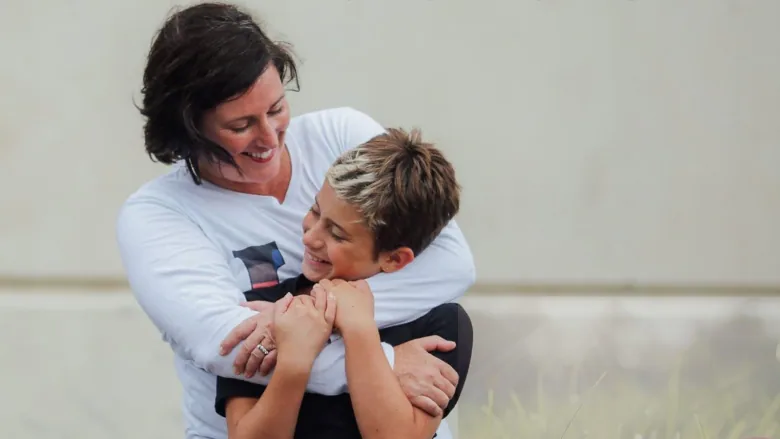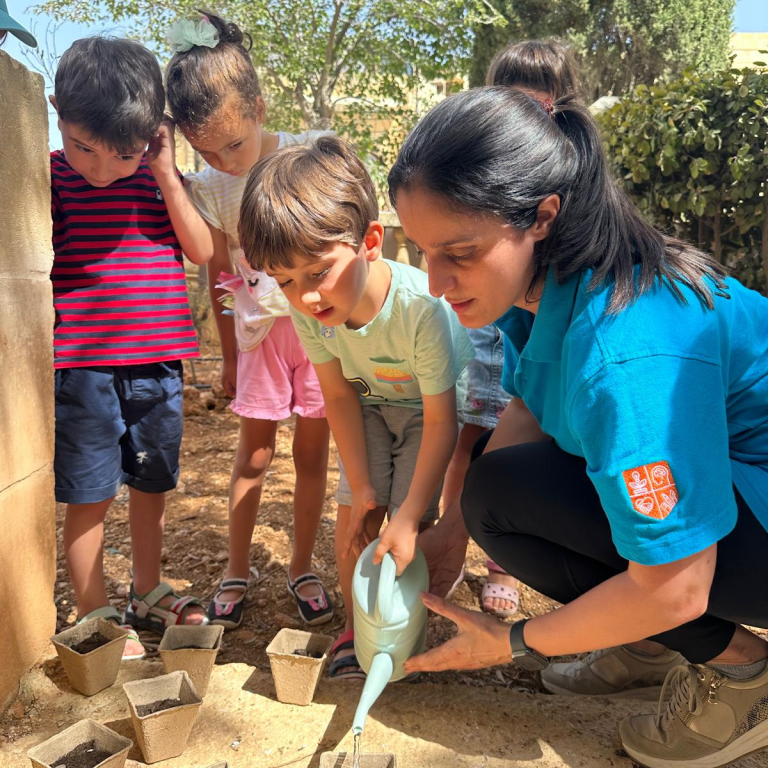Supporting Your Gender-Diverse Child’s Journey
Understanding and supporting a gender-diverse child requires empathy, education, and unconditional love. This involves knowing what it means to be gender-diverse, how to support your child’s journey, and finding the resources for support and further learning for them as well as for yourself.
What does it mean to be gender-diverse?
Gender diversity refers to the concept that gender identity exists beyond the traditional binary of male and female. Gender-diverse individuals may identify as transgender, nonbinary, genderqueer, or any other identity outside the gender binary. Therefore, it’s essential to understand that gender identity is distinct from biological sex and may not align with the sex assigned at birth.
Supporting Your Gender-Diverse Child:
- Listen and Validate – The journey of discovering and expressing one’s gender identity can be challenging for a child. As a parent, it’s crucial to create a safe and supportive environment where your child feels comfortable expressing themselves. Therefore, it is important to listen actively to their experiences, validate their feelings, and reassure them that they are loved unconditionally.
- Educate Yourself – Educate yourself about gender diversity by reading books, articles, and resources written by experts and members of the gender-diverse community. Understanding the terminology, experiences, and challenges faced by gender-diverse individuals will help you support your child better.
- Respect Their Identity – Respect your child’s gender identity and use their chosen name and pronouns. Affirming their identity validates their sense of self and fosters a positive parent-child relationship. Additionally, advocate for your child’s rights and inclusion in all aspects of life, including school, healthcare, and social activities.
- Create a Supportive Network – Connect with other parents of gender-diverse children for support and guidance. Online forums, support groups, and LGBTQ+ organisations can provide a sense of community. As well as valuable resources for navigating your child’s journey.
- Lastly, Seek Professional Help if Needed – If you or your child need additional support, don’t hesitate to seek help from a qualified therapist or counsellor who specialises in gender identity issues. Therapy can provide a safe space for your child to explore their feelings. In addition develop coping strategies for dealing with societal pressures and discrimination.
Resources for Further Learning:
- Books
“The Gender Creative Child” by Diane Ehrensaft and “Raising the Transgender Child” by Michele Angello and Alisa Bowman are excellent resources for parents seeking guidance on supporting gender-diverse children.
- Websites
Organisations such as Gender Spectrum and PFLAG offer a wealth of information, support, and resources for parents of gender-diverse children.
- Therapy and Support Groups
Many therapists specialise in gender identity issues and offer individual or group therapy for gender-diverse children and their families. Contact LGBTQ+ organisations in your area for recommendations.
Parenting a gender-diverse child is a unique journey with both challenges and opportunities for connection. Throughout, you can empower your child to embrace their true self and navigate the world with confidence and resilience. It is also important to know that there are resources available to support you every step of the way.
Willingness and other partnered organisations have released a free guidance tool for parents and educators of gender-diverse children. This easily accessible Digital Tool combines instructional resources, interactive modules, and professional guidance.
If you think that you can benefit from professional support on this issue you can reach out here.
Lisa Scalpello is a trainee professional offering therapy sessions to clients who are experiencing struggles in different areas of life, such as work, studies or relationships, that put a strain on mental health. She is trained in cognitive behavioural therapy (CBT) and acceptance and commitment therapy (ACT).







